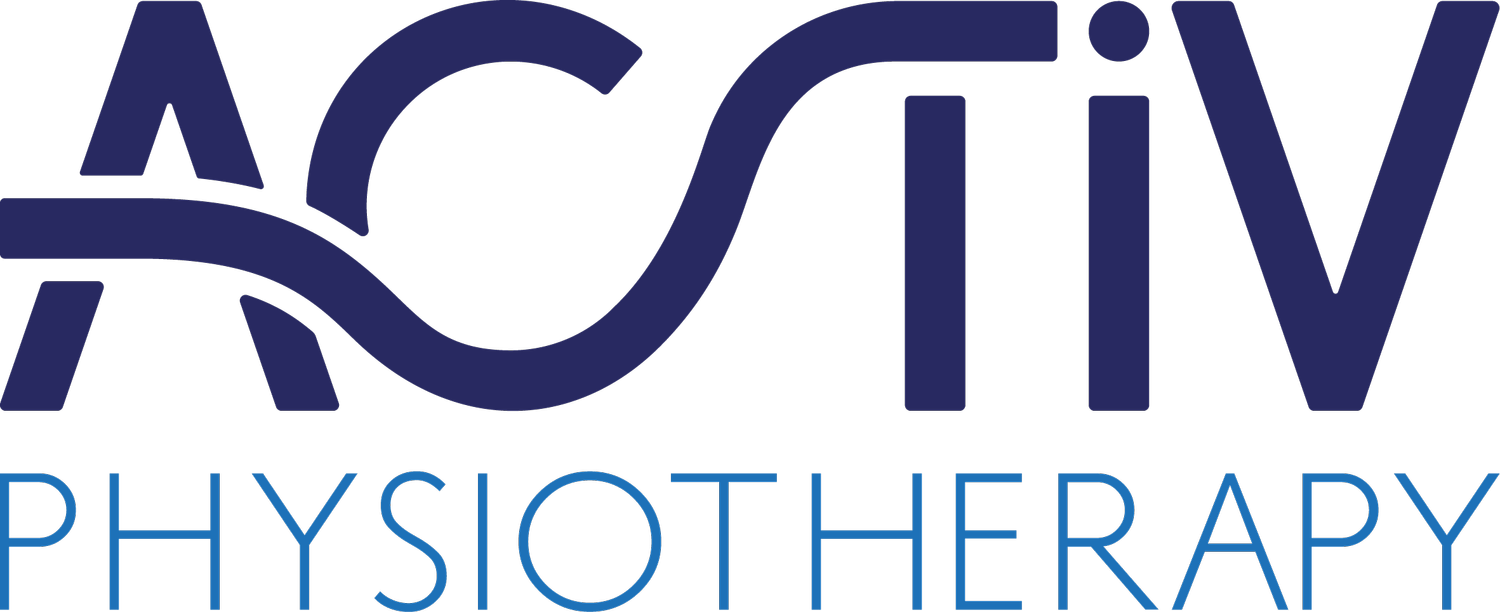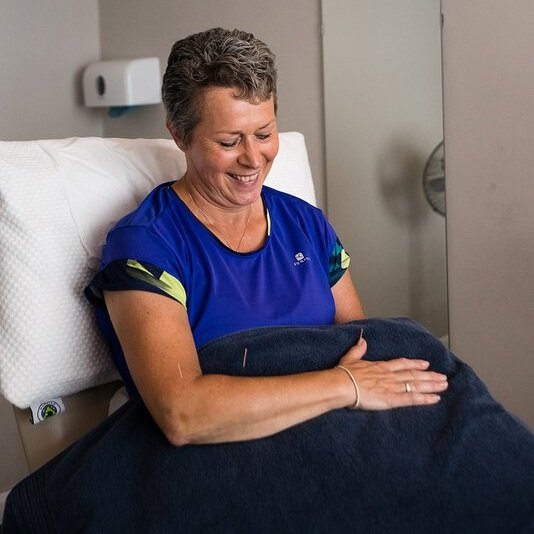Acupuncture - What’s the Point?
Many of you have heard of acupuncture and have different opinions on whether or not it is for you.
Acupuncture is a treatment which developed over 3000 years ago as part of a holistic approach to health called Traditional Chinese Medicine (TCM) which involves sticking needles into specific points in the body. These 'acupoints' lie along channels (called 'Meridians') which, when stimulated by needles, enable energy (Qi) to flow and restore the correct balance of 'Yin and Yang in order to improve harmony and balance within the body and restore health.
Now, for many of us in the West, this Yin/Yang/Qi explanation of sticking needles in a patient's body to restore health may seem a little 'wacky' or far-fetched. What you may not know is that there is now scientific evidence to support the use of acupuncture as treatment for pain and other health issues.
Acupuncture is a treatment which developed over 3000 years ago as part of a holistic approach to health called Traditional Chinese Medicine (TCM)…. enable(s) energy (Qi) to flow and restore the correct balance of ‘Yin and Yang’ in order to improve harmony and balance within the body and restore health.
Firstly
Acupuncture influences our normal physiological responses to acute pain and injury. When an injury occurs, our body produces chemicals which cause pain and inflammation. This is very important as it is the start of the healing process and it prevents you from causing further damage. Acupuncture causes our body to produce chemicals which dampen down the effect of these other chemicals - so reducing pain and inflammation. In the cases where pain and inflammation are excessive and prolonged beyond the usual recovery stages, acupuncture can be a very useful intervention to enable you to start moving and exercising in order to restore your function (which is really the point!)
…There is now scientific evidence to support the use of acupuncture as treatment for pain and other health issues.
Secondly
Where people have chronic pain, the emotional areas of the brain called the limbic system (which interpret the level of threat from a body's stimulus) become overactive. They then respond excessively to sensations which would not normally be a problem. The limbic system could interpret a simple sensation like a gentle touch as a threat and respond by producing pain (remember pain is a protection). Acupuncture has been shown to dampen down the areas in the brain dealing with emotions and therefore can be an extremely useful tool in chronic pain management when combined with other interventions including exercises.
And Finally
Our bodily functions are controlled automatically by our Autonomic Nervous System. This is divided into two parts which change their level of activity depending on what activity we are doing. When we are Resting and Digesting, the part called the Parasympathetic Nervous System is most active. When we are in a 'Fight-or-Flight' response mode, our Sympathetic part is most active. When we are healthy, these two systems work nicely together and provide balance and harmony within our bodies. When there is an imbalance and the Fight-or-Flight part is overactive, for example when we are under excessive stress, we can start to suffer health problems. (Is this starting to sound familiar?)
Symptoms from excessive Fight-or-Flight activity include increased heart rate, increased blood pressure, loss of sleep, anxiety, poor digestion and an overactive bladder. In fact, any of your bodily functions can be affected (even hot-flushes if you are a woman) and can result in excessive pain.
As physios, the real point of our intervention is to get you moving again so you would not come to us for treatment for most of these conditions (with some exceptions).
However, acupuncture has been shown to have an effect on the autonomic nervous system. So, if you decide to take the plunge as a way of enabling you to cope with exercises or other therapeutic interventions, you may also notice some other health benefits including a sense of general wellbeing that goes along with it.
We have come a long way since the early days of whittled bones being used for needles! (We now use single-use sterile disposable needles) and whilst the terminology used in Traditional Chinese Medicine (one of the earliest holistic approaches to health care) may seem a little bit alien to us, we can't help but notice some familiar themes.
It is important to note other cultures developed and continued to use similar interventions but the Chinese were just better at marketing!
So, if you are looking for an acupuncture service in Sheffield or Derbyshire, please talk to your Activ physiotherapist at either Totley or Hope to see if this treatment is appropriate for you.
Helen Marsden combines her work at ACTIV, in the Hope clinic with NHS work in Neurorehab and more recently as an Acupuncture Tutor with Breeze Academy. Supporting literature is provided on the Breeze Academy website.


